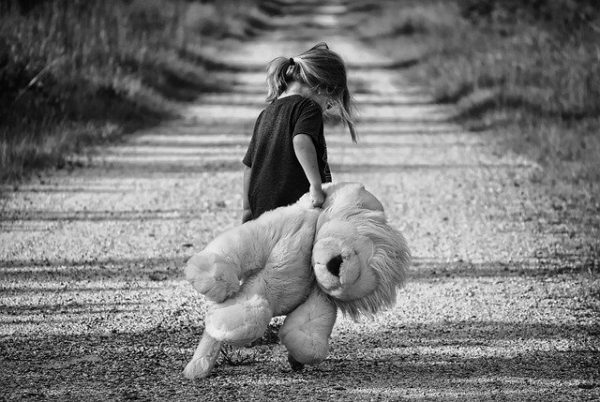
What most children do at age five
Social and Emotional
- Wants to please friends
- Wants to be like friends
- More likely to agree with rules
- Likes to sing, dance, and act
- Is aware of gender
- Can tell what’s real and what’s make-believe
- Shows more independence
- Is sometimes demanding and sometimes very cooperative
.
Language/Communication
- Speaks very clearly, Tells a simple story using full sentences
- Uses future tense; for example, “Grandma will be here.”
- Says name and address
- Cognitive (learning, thinking, problem-solving)
- Counts 10 or more things
- Can draw a person with at least 6 body parts
- Can print some letters or numbers
- Copies a triangle and other geometric shapes
- Knows about things used every day, like money and food
Movement/Physical Development
- Stands on one foot for 10 seconds or longer
- Hops; may be able to skip, Can do a somersault
- Uses a fork and spoon and sometimes a table knife
- Can use the toilet on her own, Swings and climbs
Act early by talking to your child’s doctor if your child:
- Doesn’t show a wide range of emotions
- Shows extreme behavior (unusually fearful, aggressive, shy or sad)
- Unusually withdrawn and not active
- Is easily distracted, has trouble focusing on one activity for more than 5 minutes
- Doesn’t respond to people, or responds only superficially
- Can’t tell what’s real and what’s make-believe, Doesn’t play a variety of games and activities
- Can’t give first and last name, Doesn’t use plurals or past tense properly
- Doesn’t talk about daily activities or experiences
- Doesn’t draw pictures
- Can’t brush teeth, wash and dry hands, or get undressed without help
- Loses skills he once had
Image Attribution:- Bild von lisa runnels auf Pixabay (free for commercial use)
Image Reference:- https://pixabay.com/de/photos/m%C3%A4dchen-wandern-teddyb%C3%A4r-kinder-447701/
Author: Sumana Rao | Posted on: April 26, 2021






















Write a comment